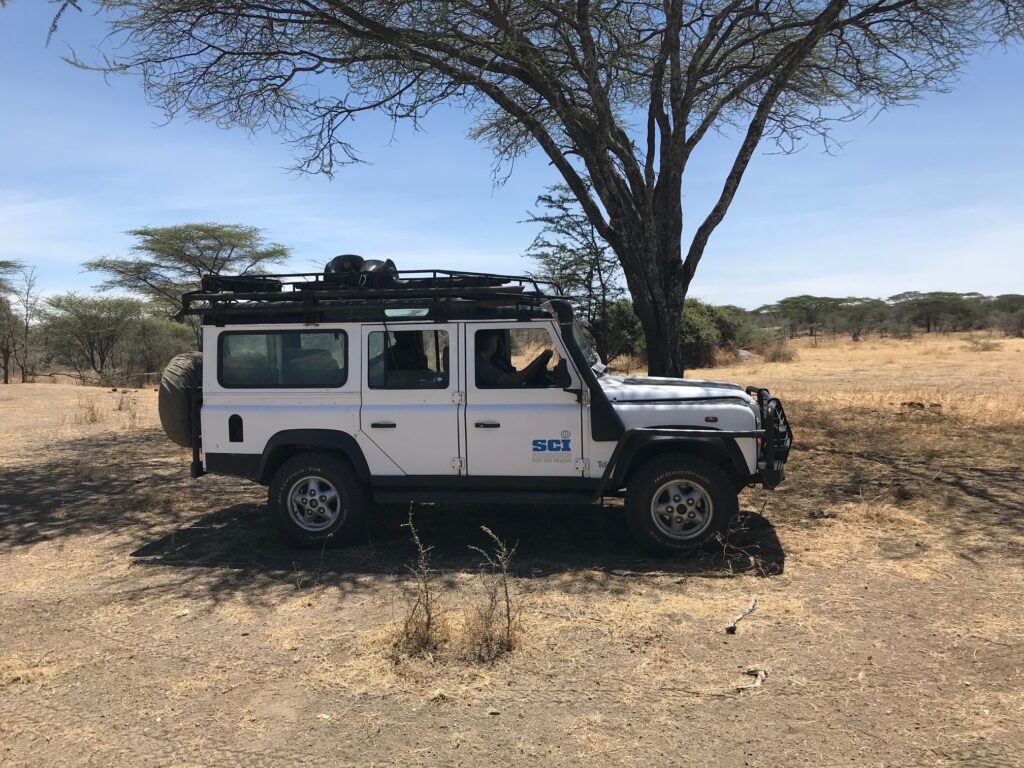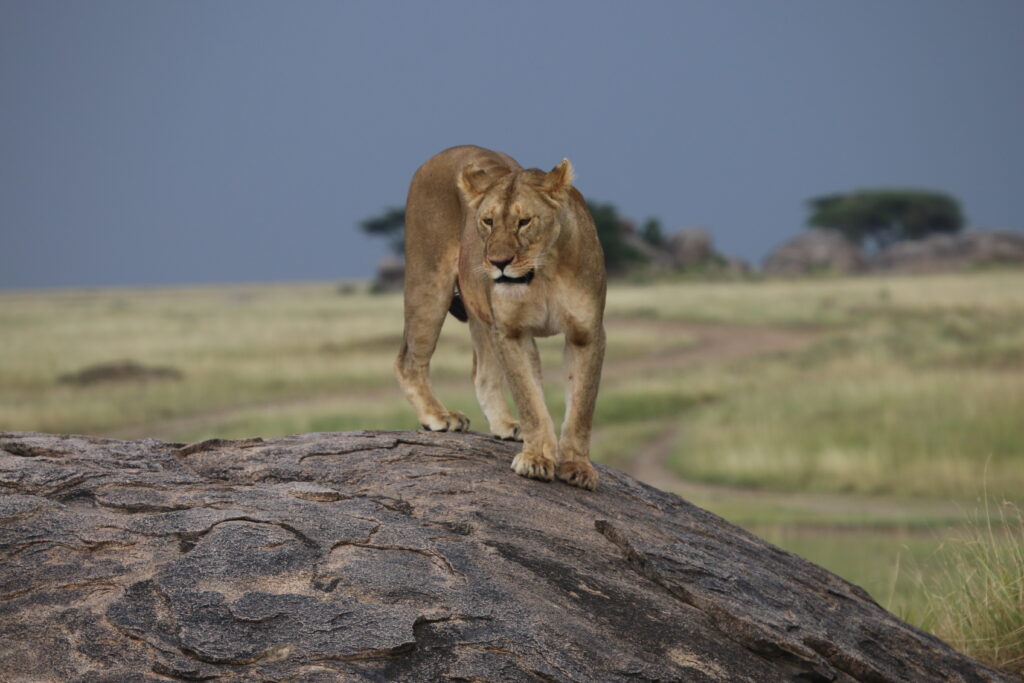
A recent peer-reviewed article by Stanslaus Mwampeta and coworkers in the journal Mammal Review highlights the critical role applied research plays in influencing management of wildlife species. The article, titled “A review of field techniques to estimate lion presence and abundance”, reviewed 63 studies that included various techniques to estimate lion numbers across Africa, quantitatively comparing them to determine which are most appropriate for making management decisions. This work grew out of the lion project funded by SCI Foundation and the Hunter Legacy Fund 100 in northern Tanzania that has now produced eight peer-reviewed journal articles, learn more. SCI Foundation continues to focus on African big cats as a major strategy area, including the Dr. Ralph Cunningham leopard program in Botswana and a new lion radiocollaring project starting in Tanzania.
One of the primary objectives of the original project started in 2014 was to evaluate methods to measure lion density, with a focus on two commonly used techniques: spoor counts (which use counts of lion tracks crossing roads to estimate density) and call-in surveys (in which the researcher plays audio attractants like warthog distress calls or hyena feeding calls and counts lions that respond to the call). Earlier publications showed that spoor counts were not reliable to estimate abundance (Belant et al. 2019) but that call-in surveys could be accurate and repeatable (Belant et al. 2016). This review added additional techniques such as aerial surveys, distance sampling, and remote camera surveys for a total of twelve survey methods. The researchers reached several conclusions. First, lion surveys are often poorly documented, with almost 40% of studies having no measure of precision in their estimates and nearly 60% not providing enough detail to repeat the survey. Techniques based on indirect observation of lions (e.g., track surveys or prey-based surveys) were generally inaccurate or accuracy was difficult to assess. Call-in surveys and distance sampling had robust analytical frameworks and appeared to be reliable in appropriate circumstances (i.e., distance surveys require open habitats with good visibility). Newer techniques based on remote cameras and DNA analysis of hair or feces may hold promise but were quite expensive.
Density or abundance estimates are among the most basic and important data points for management of any species. Lion management decisions based on poorly described or inaccurate survey techniques can lead to uncertain outcomes. SCI Foundation is committed to providing robust, science-based information to ensure that use of these species is sustainable for the long-term. Our ongoing remote camera surveys in Botswana illustrate this commitment and we will continue to work with range state governments and top researchers to implement high-quality projects to answer these important questions. If you are interested in supporting scientific research in support of sustainable wildlife use in Africa, North America, or anywhere, please consider donating to SCI Foundation and our conservation efforts.



